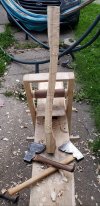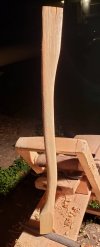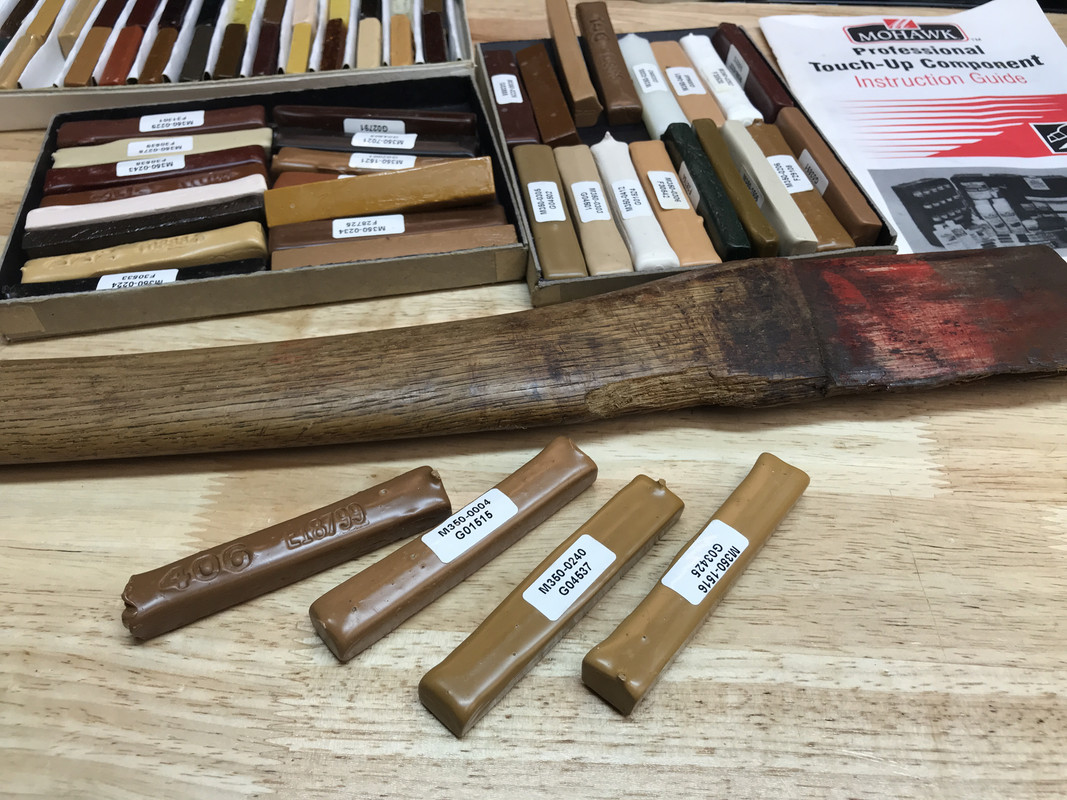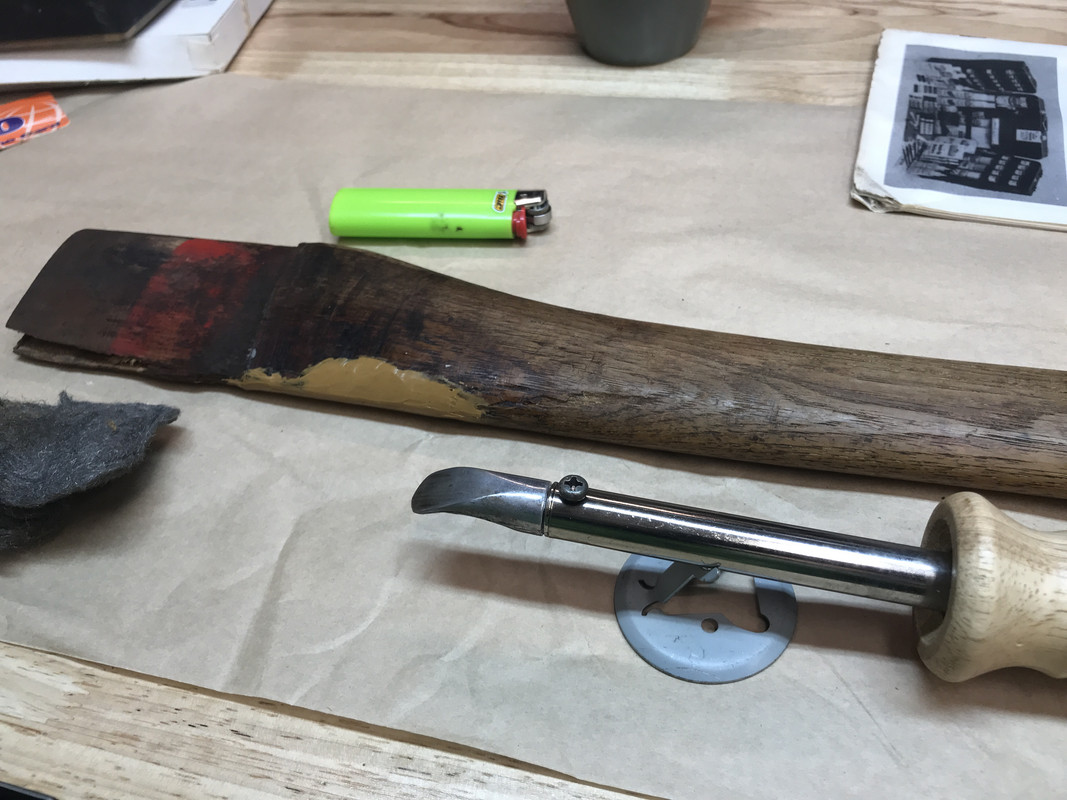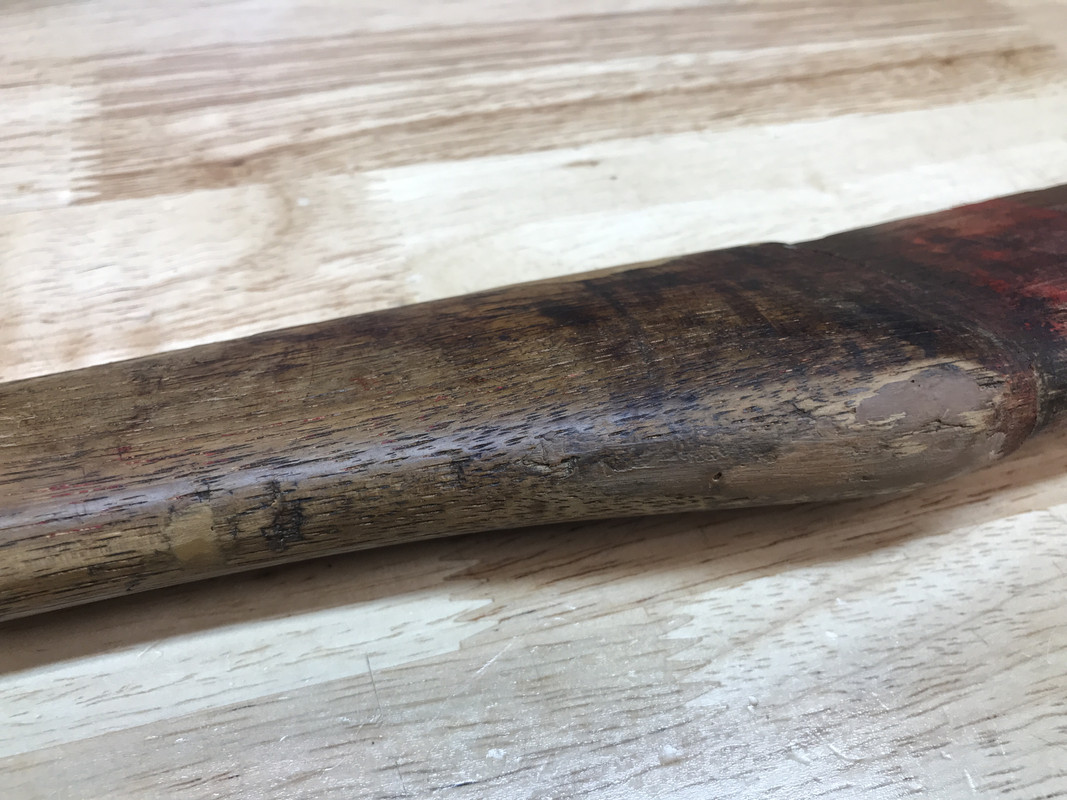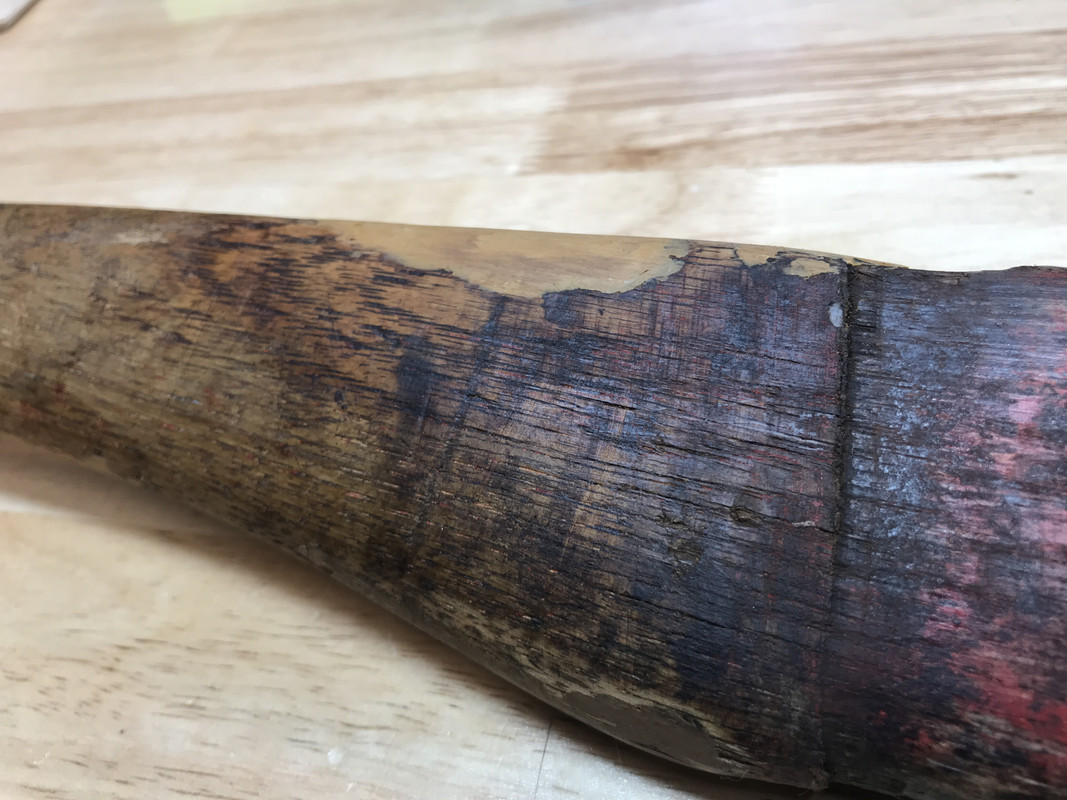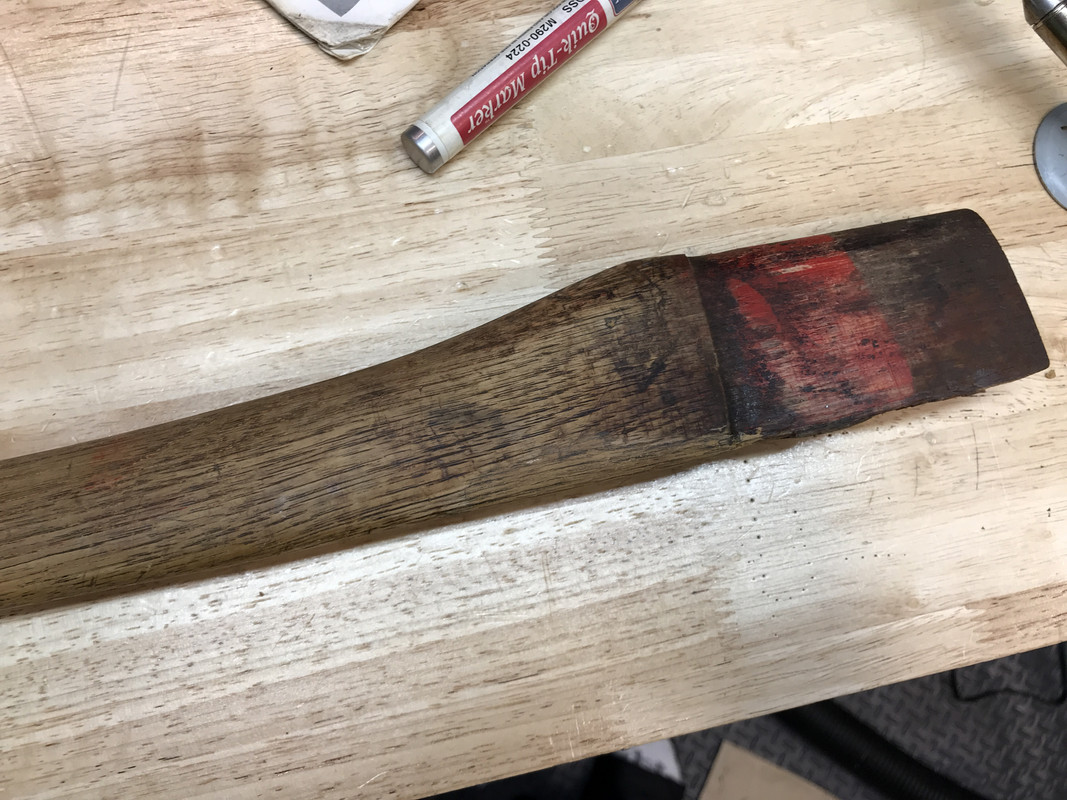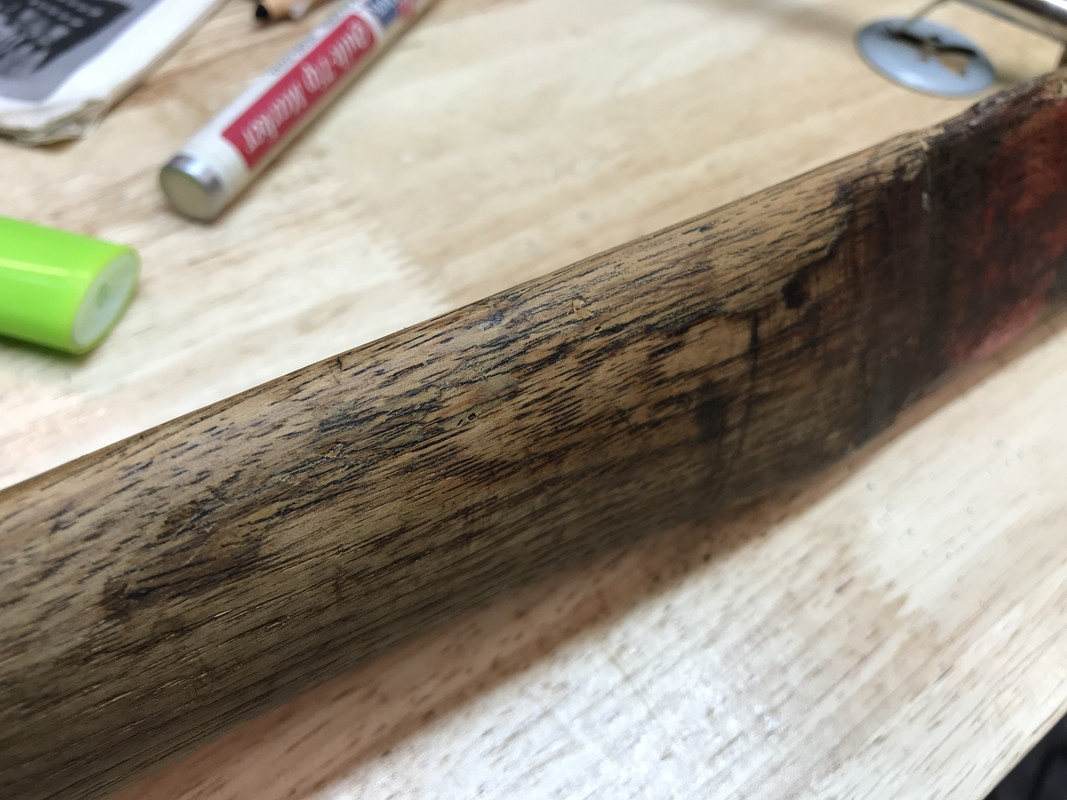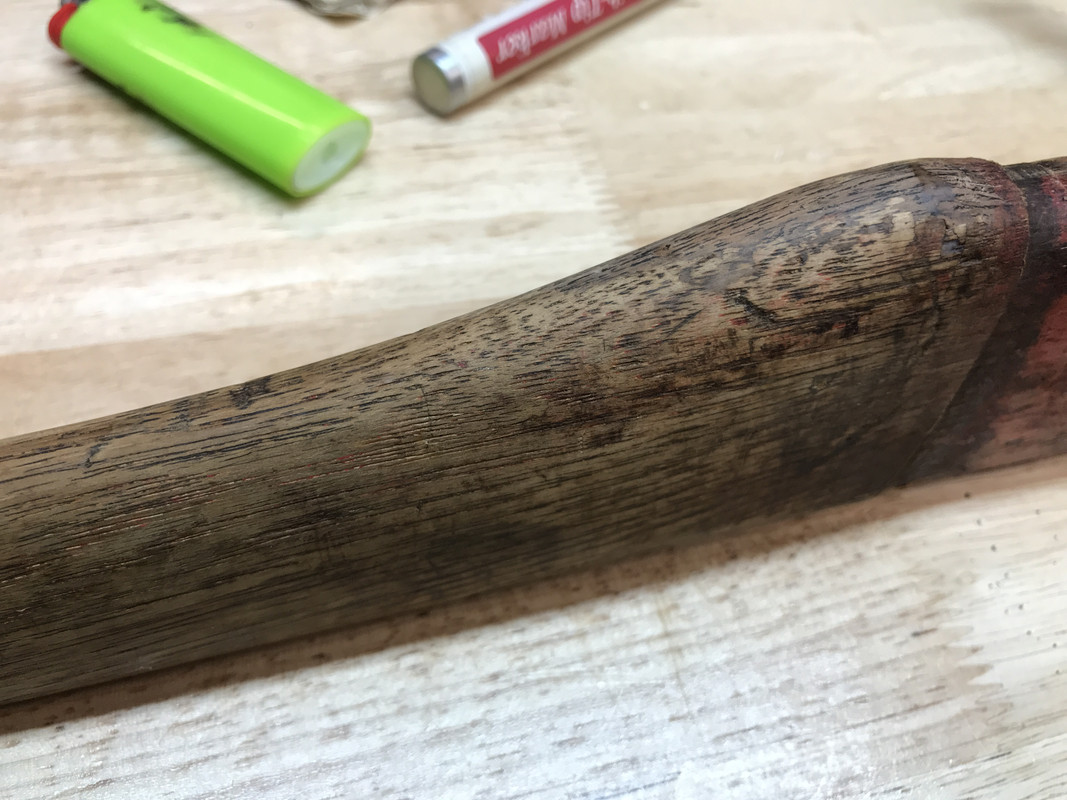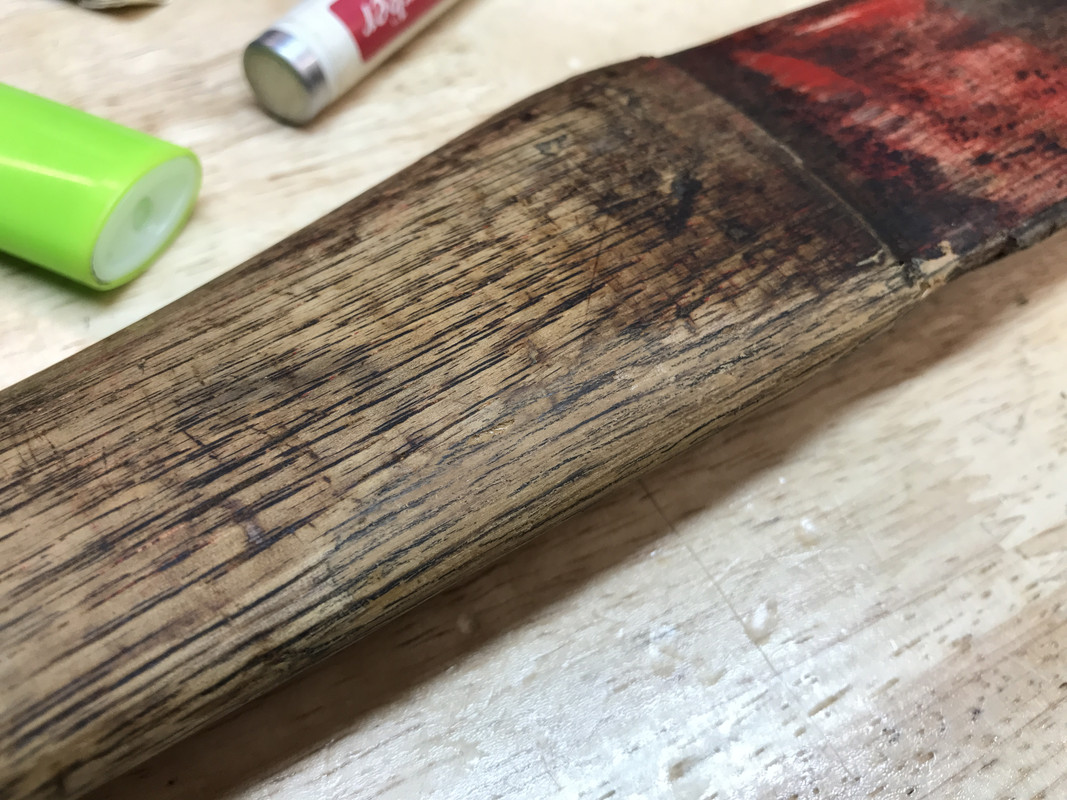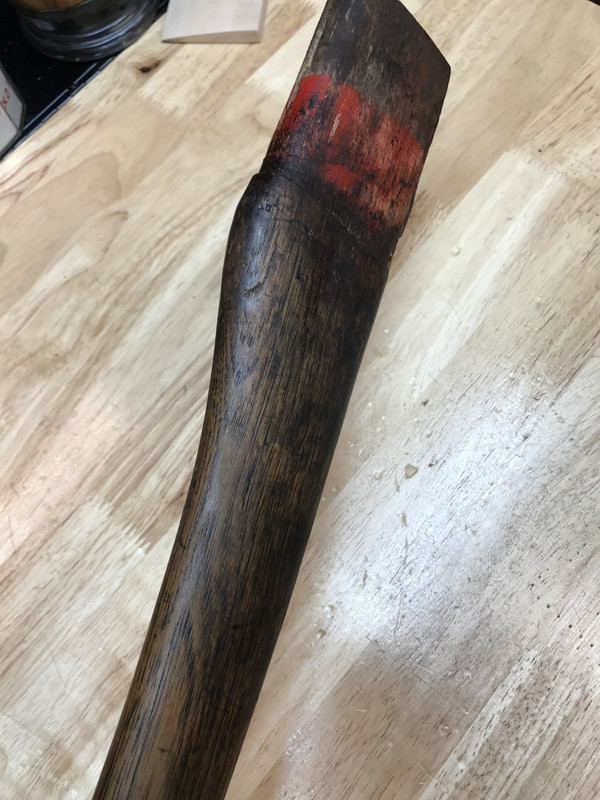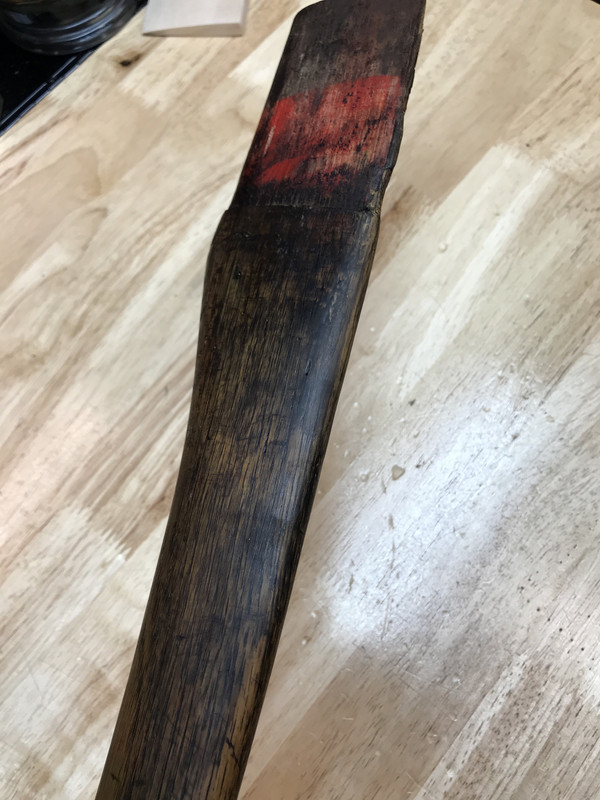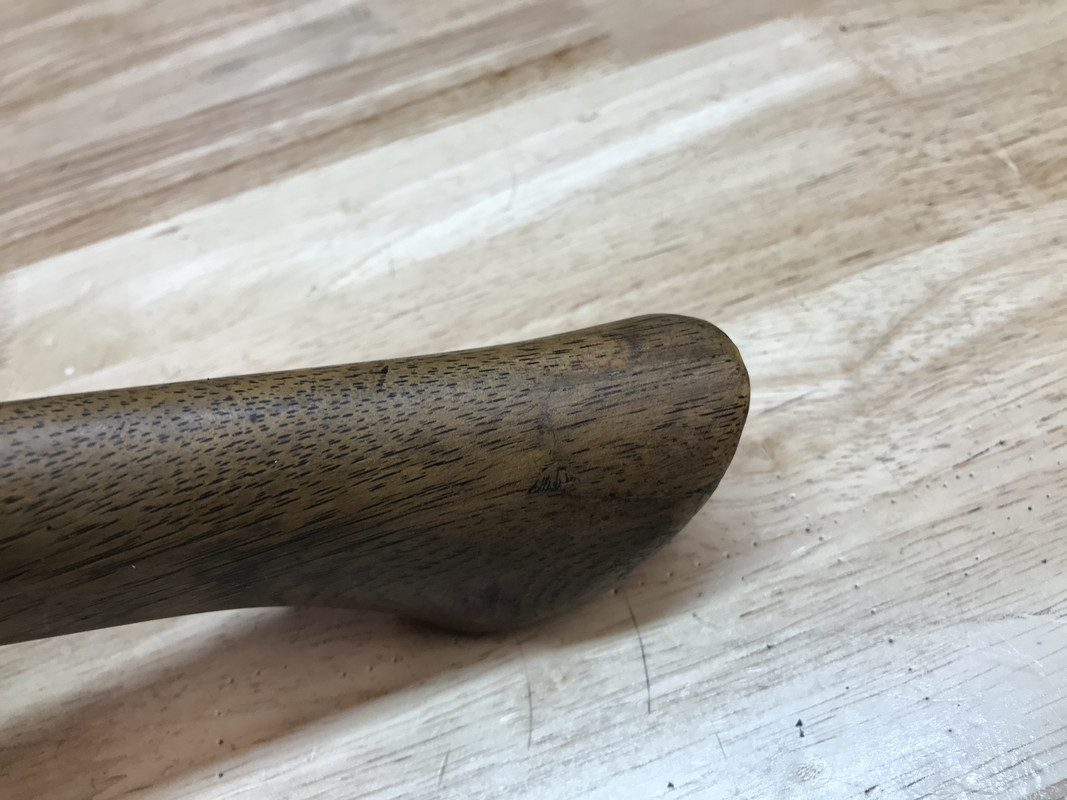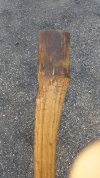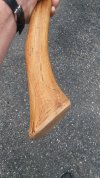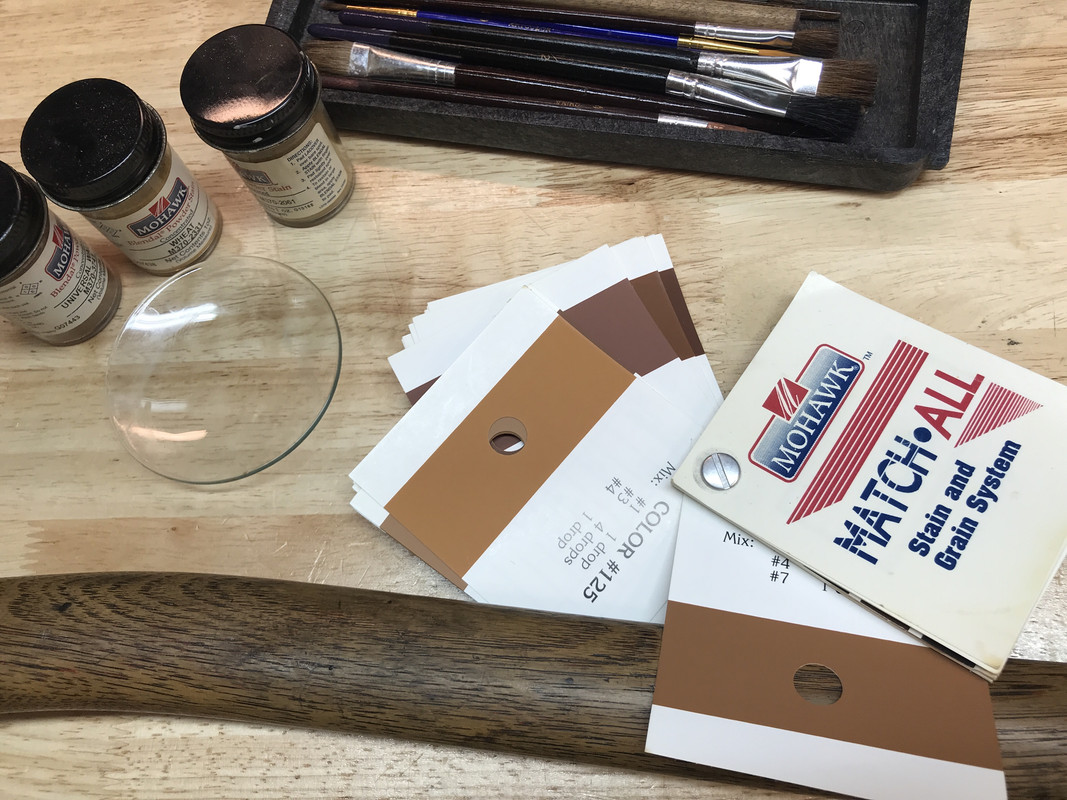- Joined
- Jun 15, 2019
- Messages
- 282
I'd just be happy of I could find someone that sold a replacement (Hickory) axe handle not
split/sawcut for the wedge at the head end.
Because I don't want the handle for an axe but for a large Brush hook that is designed for a Wooden Axe Handle... The hook is a 12" long fish-hook shaped blade that clamps to the handle with 1"x3/16" steel straps that are tensioned by 5/16" bolts
split/sawcut for the wedge at the head end.
Because I don't want the handle for an axe but for a large Brush hook that is designed for a Wooden Axe Handle... The hook is a 12" long fish-hook shaped blade that clamps to the handle with 1"x3/16" steel straps that are tensioned by 5/16" bolts

